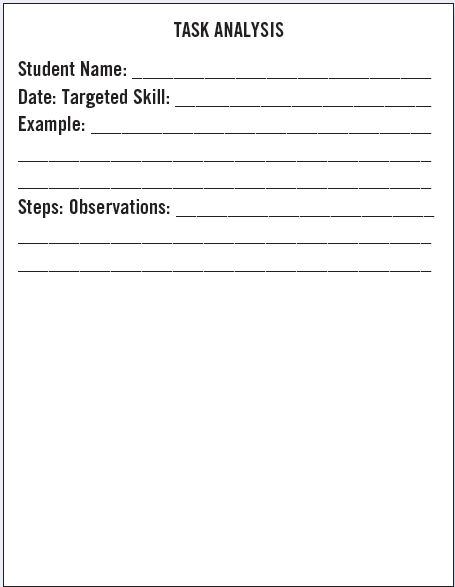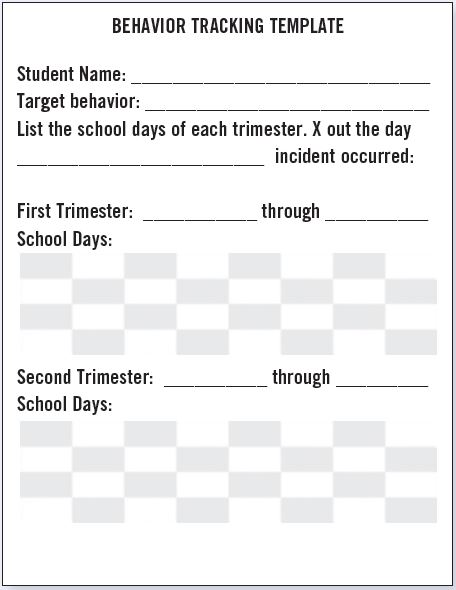As a focused perspective, the IEP document delivers dual benefit for teachers. It affords teachers a proactive stance toward ensuring that meaningful and beneficial student learning occurs, and connects the team. Created by a team consisting of the student's parents and a lineup of educational experts regulated by IDEA, the IEP is the cornerstone of your student's spe
cial education plan. It describes what services and supports the student receives. Included amongst the list of experts on the IEP team is the general education teacher, if the student is or may be, participating in the general education environment. Here are five helpful areas to look for within your student's confidential IEP, plus some "Toolbox Tips" ready to use in your classroom:
IEP AREA 1 : PRESENT LEVELS OF PERFORMANCE (PLOP)
Built upon initially reported levels, provides measurable and specific information about student skills, strengths and challenges within academic, functional and/or social performance. Within this section, teachers are able to pinpoint what they were able to do when the IEP was initiated, and follow the sequence of skills to be addressed to support student's unique learning profile. Knowing where a student's present levels and skill-needs exist, allows teachers to effectively gauge instruction and build scaffolds to support student learning.
TOOLBOX TIP 1
General education teachers are the experts when it comes to everyday curriculum and expectations within the classroom. Their input is vital in creating meaningful IEP goals and supports. Screening tools, academic inventories and formative assessments are convenient and beneficial procedures for gathering and analyzing student's skills and present levels. Be sure to share a copy of relevant tests and/ or work samples with the case-manager, in order to allow further analysis and planning throughout the school year.
Try a task analysis if you are looking to assess the student's ability to do the steps involved within a targeted skill. Through a tasks analysis approach, the IEP team can synthesize the observations and/or data. Focusing on a targeted skill and breaking it into bite-sized chunks provides opportunity to address sub-skills that may be delaying overall progress. The precision of the process allows the team to focus on increasing success in specific areas and construct a focused and meaningful IEP goal.

IEP AREA 2 : GOALS
Student's IEPs contain academic, functional and/or behavioral goals that provide a roadmap tailored to the student's PLOP. Applying the SMART system frames objectives in a concrete and measurable way.
- Specific: Names the explicit skill or subject area.
- Measurable: Describes how progress will be measured, such as teacher-charted data, standardized tests, curriculum-based measurements (CBM), work samples, etc.
- Attainable: Calculated based upon PLOP, in order to provide a realistic goal to address a missing skill between current skill level and next skill to be learned.
- Results-oriented: Clearly spells out the expected result, for example: With 80% overall accuracy across 4 trials over a 3-month period.
- Time-bound: When student is expected to accomplish the goal, usually within a 12-month period.
Customized to be specific and realistic for the student, based upon their present levels, familiarizing yourself with their SMART IEP goals, will help gain clearer insight into student's targeted areas of growth and prerequisite need.
TOOLBOX TIP 2
The IEP often designates the general education teacher to be responsible for tracking behavior goals. Using a customizable behavior tracking template to record when a specific behavior incidence occurs is a great way to capture this information for analysis and reporting. By listing the specific behavior from the IEP or Behavior Intervention Plan (BIP) ahead of time and completing the school day grid, you will maintain focus and streamline your reporting process.
